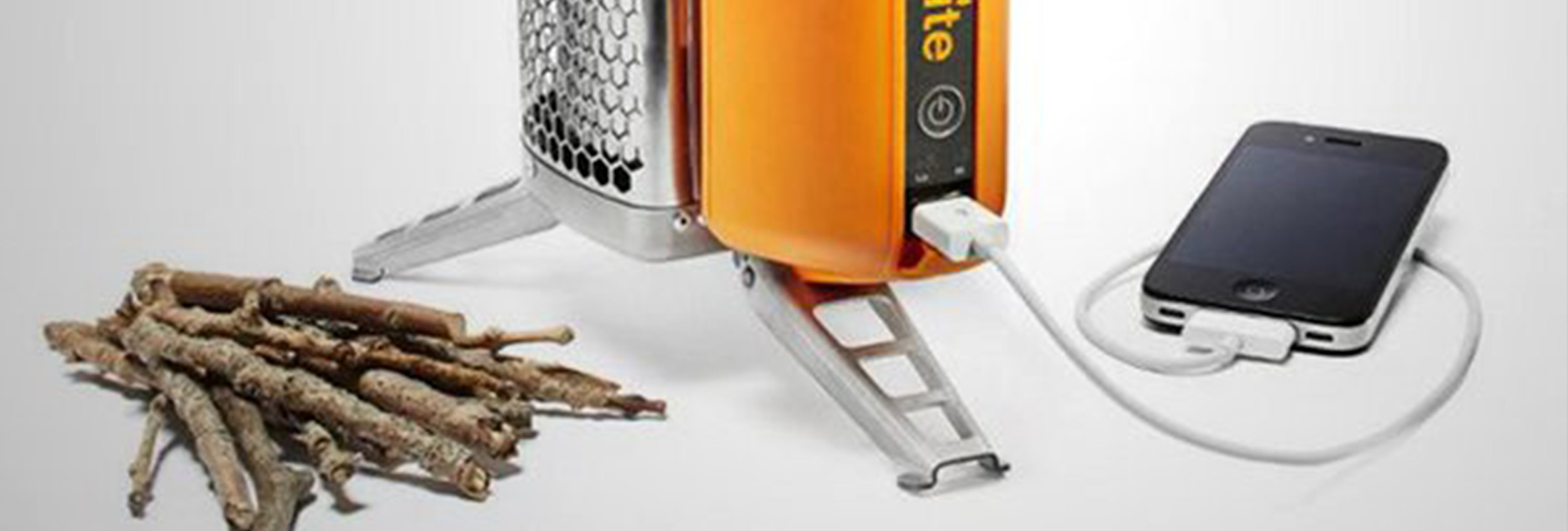
Your design may not be a breakthrough, but could it help you break free from some regulatory burden?
 Not all new medtech designs are revolutionary, and that’s ok. Incremental advancements evolving from predicate devices—also known as evolutionary designs—could very well delight users and provide companies with a competitive edge.
Not all new medtech designs are revolutionary, and that’s ok. Incremental advancements evolving from predicate devices—also known as evolutionary designs—could very well delight users and provide companies with a competitive edge.
Speakers at the upcoming MD&M Minneapolis conference will explore the potential of evolutionary design in the October 31 panel discussion, “Employing Evolutionary Design While Satisfying the Requirements for an FDA Compliant Process.”
MD+DI asked panel moderator Tom KraMer, president and CEO of Kablooe, a few questions about evolutionary design and what attendees can expect to learn. (KraMer has been a product innovator for more than 28 years and developed the D3 Process [Design Driven Development].) At the event he’ll be joined by John Cain, lead industrial designer for 3M; Mark Wehde, section head, Technology Development Division of Engineering, Mayo Clinic; Peter Madson, vice president/partner, Worrell; and Mike Bravo, director, preclinical strategy, NAMSA.)
MD+DI: What do you mean by “evolutionary design”?
KraMer: Revolutionary design is often thought of as the breakthrough, game-changing type of design that creates a new paradigm. This can be very difficult in 510k products because of the need for an equivalent device that precedes. Evolutionary design takes that next logical step up in function and meeting user needs, without the risk of creating a new world that users will have trouble adopting.
MD+DI: Why is evolutionary design important for today’s emerging medical devices and today’s healthcare needs?
KraMer: Building on the successes and knowledge base of the past is a great foundation for pushing the envelope to the next logical step. With evolutionary design, you can understand what users, buyers, and other stakeholders will tolerate and set your design goals there. With breakthrough designs, you are really forcing users to adopt or decline using it.
MD+DI: How does the approach help medtech professionals navigate the regulatory process?
KraMer: It can definitely help you stay in the 510k range and avoid costly PMAs. This isn’t always the case, but it sure helps. It can also allow for more efficient testing, which can make regulatory submissions a bit easier.
MD+DI: Are there any design or development pitfalls that the process can help avoid?
KraMer: It can. Inherently, a design that evolves from a predicate will have a considerably defined direction. This can help the R&D team focus on a variety of feature and detail options. This can be a great tonic for the problem of focusing too early on a single solution and spending a large amount of time and money developing it before finding the need to pivot.
MD+DI: How does evolutionary design ensure human-centered design?
KraMer: It doesn’t really. That is always up to the designers. If the predicate devices are poorly designed from a human-centered standpoint, the evolutionary design could easily be, too. It takes good designers to change this. The inverse is also true.
MD+DI: The panel discussion includes designers and engineers as well as a testing professional and an engineer from a healthcare system. Does evolutionary design ease collaboration among all these types of job functions or assist in any other way?
KraMer: It really can. When the focus is on smaller challenges, the team can go deeper into those areas, and that allows for collaboration and cross functional engagement. Time equals options.
MD+DI: What sort of discussion do you anticipate during the panel?
KraMer: I expect specific regulatory challenges to be surfaced and ideas for how they could have been avoided or turned a different outcome to be discussed. There might be some opposing viewpoints, but I’m sure they will all be valuable ideas from this group.
MD+DI: How will your session cover software and hardware development? Rapid prototyping?
KraMer: Software and hardware have their own verification and validation requirements, and I’m sure some of the differences and similarities will be explored. Rapid prototyping is a great tool to expedite design iterations and can help the evolutionary steps proceed in a tighter direction.
MD+DI: What do you hope that attendees will do differently after hearing the discussion?
KraMer: My hope is that they will take away some methods and tools for their teams back at the ranch to try that will help them more efficiently arrive at their solutions.
This topic was discussed October 31, 2018 at the MD&M Minneapolis panel discussion moderated by Tom KraMer titled, “Employing Evolutionary Design While Satisfying the Requirements for an FDA Compliant Process.”
Interview by Daphne Allen
https://www.mddionline.com/your-design-revolutionary-or-evolutionary
Daphne Allen is editor-in-chief of MD+DI. She previously served as executive editor ofPharmaceutical & Medical Packaging News, which serves as the pharmaceutical and medical device channel of Packaging Digest. Daphne has covered medical device packaging, labeling, manufacturing, and regulatory issues as well as pharmaceutical packaging for more than 20 years. She is also a member of the Institute of Packaging Professionals’s Medical Device Packaging Technical Committee. Follow her on Twitter at @daphneallen.
![]()
